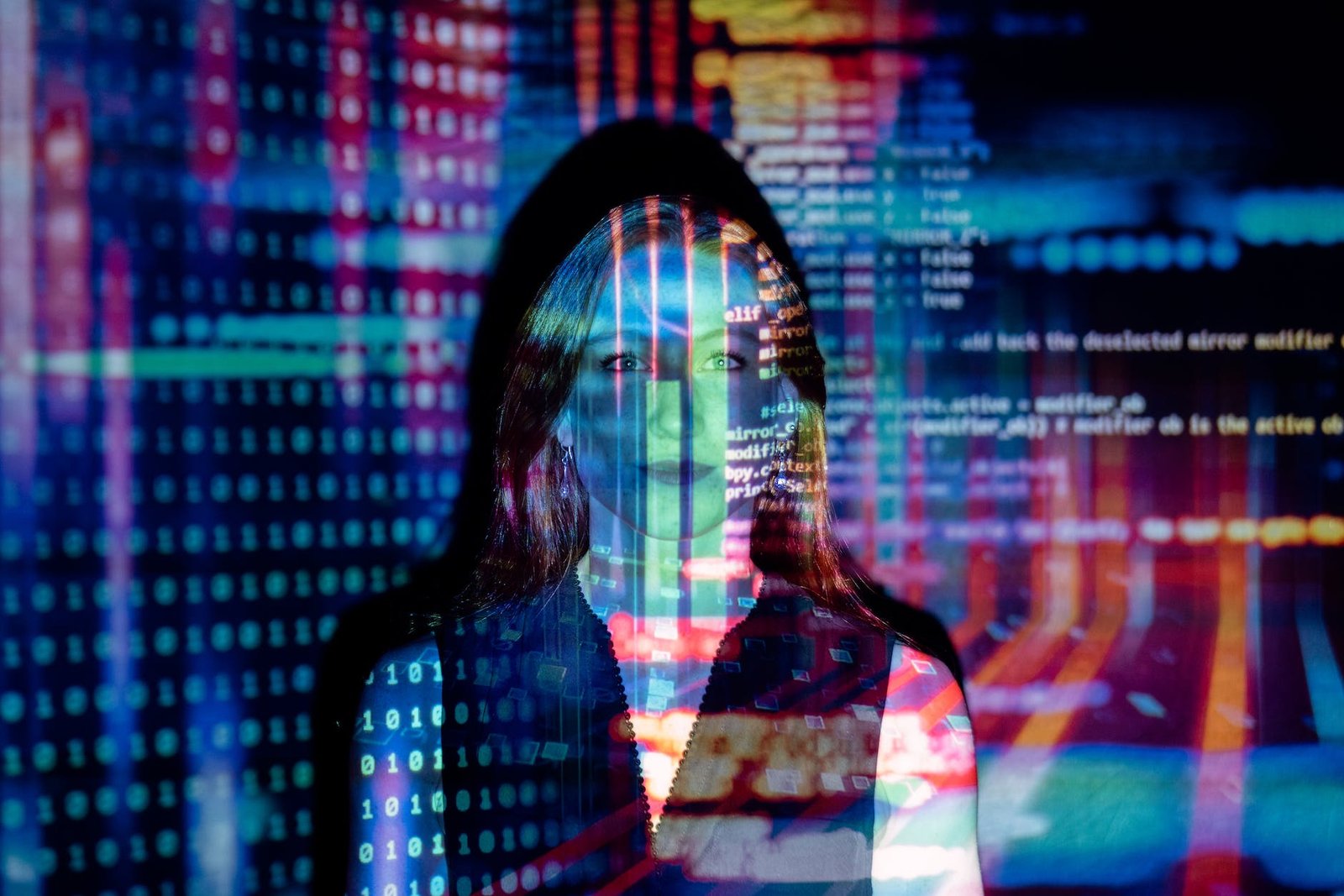Welcome to the world of Generative AI, where machines don’t just follow instructions but generate unique, creative outputs. From art and design to scientific research, the impact of generative AI is widespread and transformative. In this article, we’ll explore the intricacies of generative AI, its applications, challenges, and the future it promises.

Introduction to Generative AI
Generative AI is not just a buzzword; it’s a technological marvel that enables machines to create content autonomously. Unlike traditional AI, which is rule-based, generative AI involves training models to understand patterns and generate new, often unexpected, outputs.
How Generative AI Works
At the heart of generative AI are neural networks – intricate systems inspired by the human brain. Understanding the basics of neural networks is crucial to grasping how generative models operate. Let’s delve into the nuts and bolts.
Overview of Neural Networks
Neural networks consist of interconnected nodes, much like neurons in the human brain. These nodes process information, learning and adapting through repeated exposure to data. In the context of generative AI, neural networks are trained to generate content by identifying and replicating patterns.
Explanation of Generative Models
Generative models, a subset of neural networks, are designed to produce new data that resembles the training set. This is achieved through various architectures, each with its unique strengths. Variational Autoencoders (VAEs), Generative Adversarial Networks (GANs), and Autoregressive Models are the primary players in this domain.
Types of Generative AI
Understanding the different types of generative models is crucial to appreciate the diverse range of outputs they can produce.
Variational Autoencoders (VAEs)
VAEs focus on learning the underlying distribution of data, enabling them to generate new samples. This makes them particularly adept at tasks like image generation and style transfer.
Generative Adversarial Networks (GANs)
GANs operate on a fascinating principle: a generator creates content, and a discriminator evaluates its authenticity. This adversarial process results in the generator continuously improving its output, leading to remarkably realistic content.
Autoregressive Models
Autoregressive models generate sequences by predicting the next element based on previous ones. Language models, a popular application of autoregressive models, can produce coherent and contextually relevant text.

Applications of Generative AI
The versatility of generative AI extends to various domains, bringing innovation and efficiency. Let’s explore how it manifests in different applications.
Image Generation
Generative AI has revolutionized the field of image generation, producing lifelike visuals that can be mistaken for human-created art. Artists and designers now leverage these technologies to explore new dimensions of creativity.
Text Generation
From writing assistance to content creation, generative AI has a significant impact on the written word. Natural Language Processing (NLP) models can craft compelling narratives, generating text that aligns with human language nuances.
Music Composition
Generative AI has found its way into the realm of music, composing melodies and harmonies that captivate audiences. This intersection of technology and art is a testament to the boundless possibilities of generative AI.
Challenges in Generative AI
While the potential of generative AI is immense, it comes with its share of challenges that researchers and developers must address to ensure responsible and ethical use.
Ethical Concerns
The creation of AI-generated content raises ethical questions about authorship and ownership. Who owns the output – the machine or its human creator? Addressing these concerns is crucial for establishing ethical guidelines.
Bias in Generated Content
Generative AI models learn from the data they are trained on, and if this data is biased, it can lead to the generation of prejudiced content. Recognizing and mitigating bias is a continuous challenge in the development of responsible AI.
Overfitting Issues
Overfitting occurs when a model becomes too specific to the training data, hindering its ability to generalize. Striking a balance between specificity and generalization is an ongoing challenge in generative AI research.
Advancements in Generative AI Technology
The landscape of generative AI is dynamic, with constant advancements pushing the boundaries of what machines can create.
OpenAI’s Contributions
OpenAI, a pioneer in AI research, has made significant contributions to the field of generative AI. Their models, such as GPT-3, showcase the immense potential of large-scale language models in generating coherent and contextually relevant text.
Recent Breakthroughs
Recent breakthroughs in generative AI include improved model architectures, faster training times, and enhanced capabilities. These advancements contribute to the growing influence of generative AI in various industries.
The Impact of Generative AI on Creative Industries

Generative AI is not just a tool for developers; it’s a game-changer in creative industries, influencing the way art, design, and entertainment are produced.
Art and Design
Artists now collaborate with generative AI to create unique pieces that blend human creativity with machine-generated elements. The result is a fusion of styles and perspectives that push the boundaries of traditional art.
Writing and Content Creation
In the realm of writing, generative AI serves as a creative assistant, offering suggestions and even crafting entire pieces. Content creators can explore new ideas and styles, leveraging AI to enhance their work.
Entertainment
Generative AI has infiltrated the entertainment industry, contributing to the creation of immersive experiences in gaming, virtual reality, and interactive storytelling. The synergy of human imagination and machine-generated content is reshaping the entertainment landscape.
Thanks for supporting.


